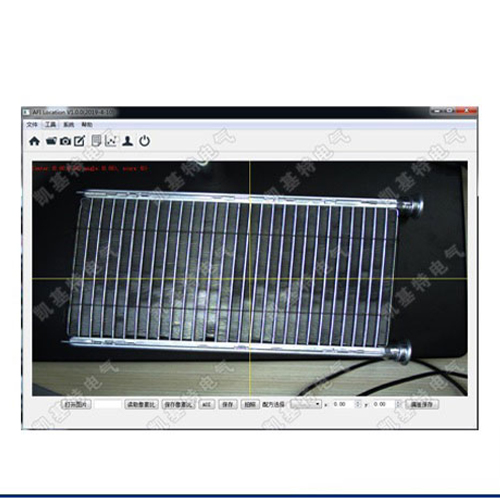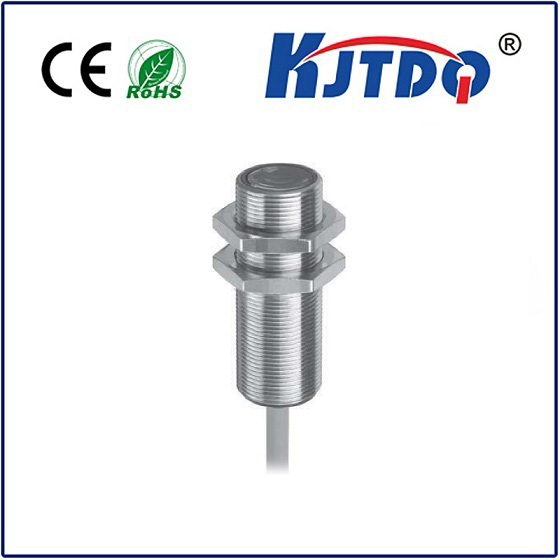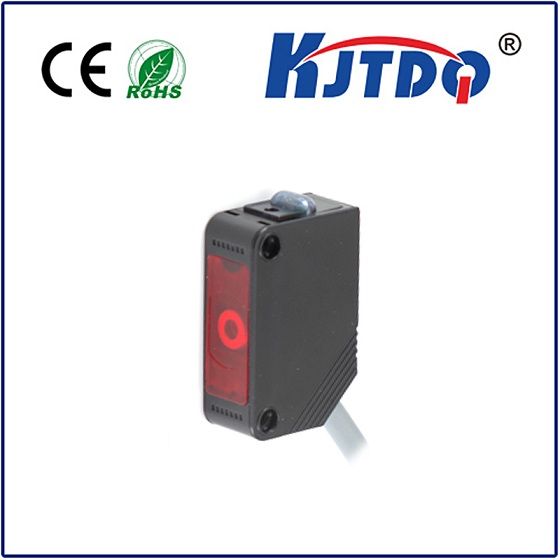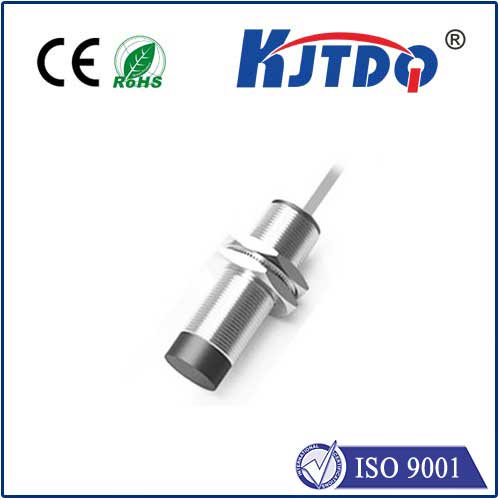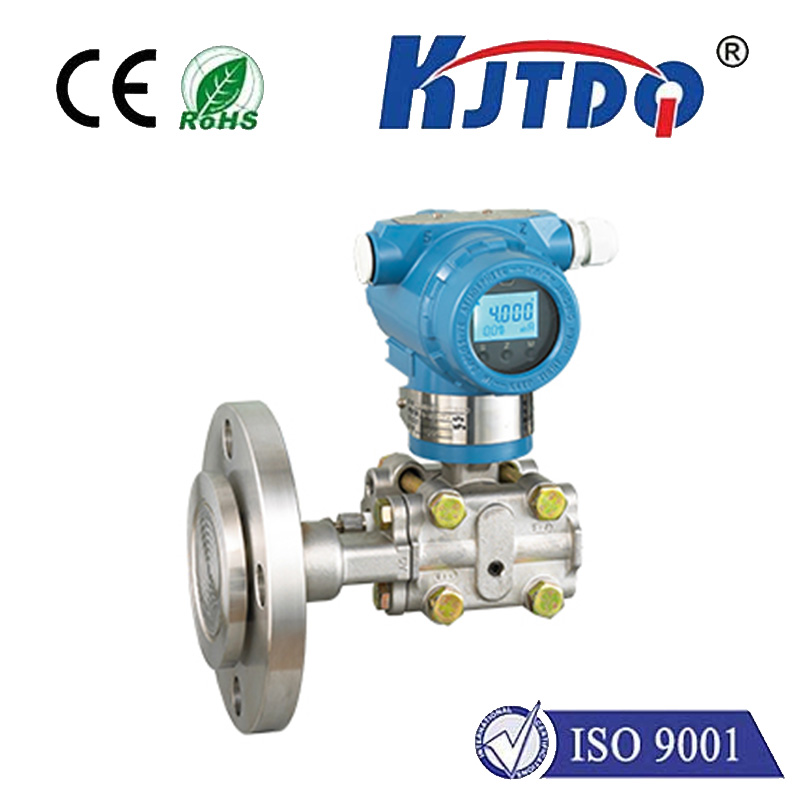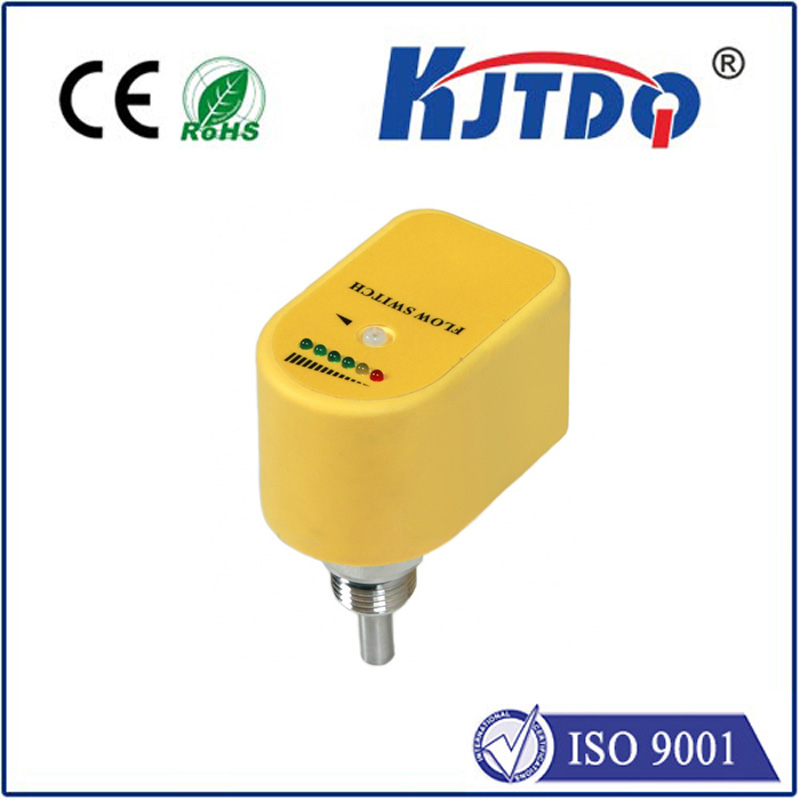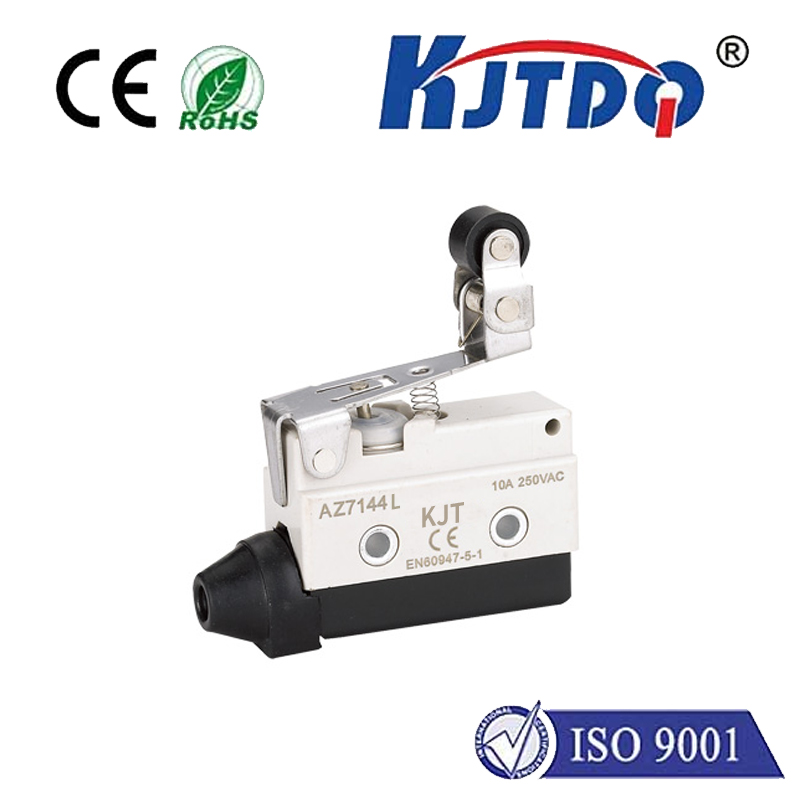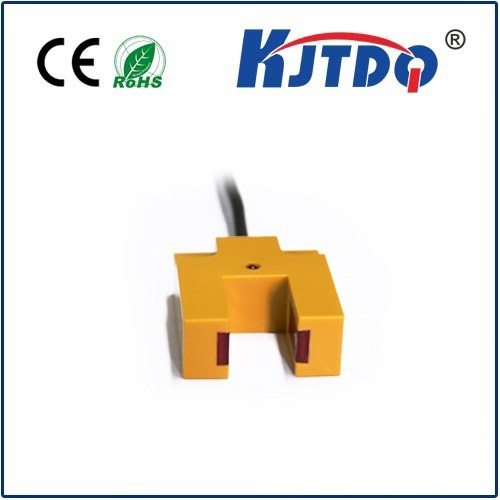

check

check

check

check

check

check

check

check

check

check
Thermal Limit Switch: Protecting Your System from Overheating
As technology continues to advance, the need for reliable protection mechanisms in various systems becomes increasingly important. One essential component that ensures such protection is the thermal limit switch. A thermal limit switch is a safety device designed to monitor and control the temperature within a system, preventing it from reaching dangerous levels that could lead to damage or failure. In this article, we will explore the role of thermal limit switches in safeguarding systems and discuss their importance in maintaining optimal performance.
Thermal Limit Switch Functionality

At its core, a thermal limit switch operates by detecting changes in temperature within a system. When the temperature exceeds a preset threshold, the switch triggers an action, such as turning off the power or sounding an alarm. This simple yet effective mechanism helps prevent overheating, which can be caused by various factors like malfunctioning components, inadequate cooling, or excessive load on the system. By acting as a fail-safe, a thermal limit switch protects both the equipment and the users from potential hazards associated with overheating.
Applications of Thermal Limit Switches
Thermal limit switches are widely used in numerous industries and applications where temperature control is critical. Some common examples include heating, ventilation, and air conditioning (HVAC) systems, industrial machinery, electrical appliances, and automotive engines. In these scenarios, thermal limit switches serve as early warning indicators for impending issues and allow for corrective measures to be taken before any significant damage occurs. They are also integral components in fire suppression systems, where they help ensure that equipment does not overheat and potentially cause a fire.
Importance of Proper Installation and Maintenance
To function effectively, thermal limit switches must be properly installed and maintained. This involves selecting the appropriate type of switch based on the specific requirements of the system it will be protecting. It is also crucial to position the switch correctly within the system so that it can accurately monitor temperature changes. Additionally, regular maintenance checks should be performed to verify that the switch is operating correctly and has not been compromised by dust, debris, or other environmental factors that could affect its performance.
Conclusion
In conclusion, thermal limit switches play a vital role in protecting systems from overheating and ensuring their longevity and reliability. By monitoring temperature levels and triggering actions when necessary, these safety devices provide an essential layer of protection against thermal-related issues. Whether in HVAC systems, industrial machinery, or consumer electronics, thermal limit switches are a testament to the importance of proactive measures in safeguarding both equipment and users from harm. As technology continues to evolve, the significance of thermal limit switches will undoubtedly remain at the forefront of safety considerations in diverse applications.


